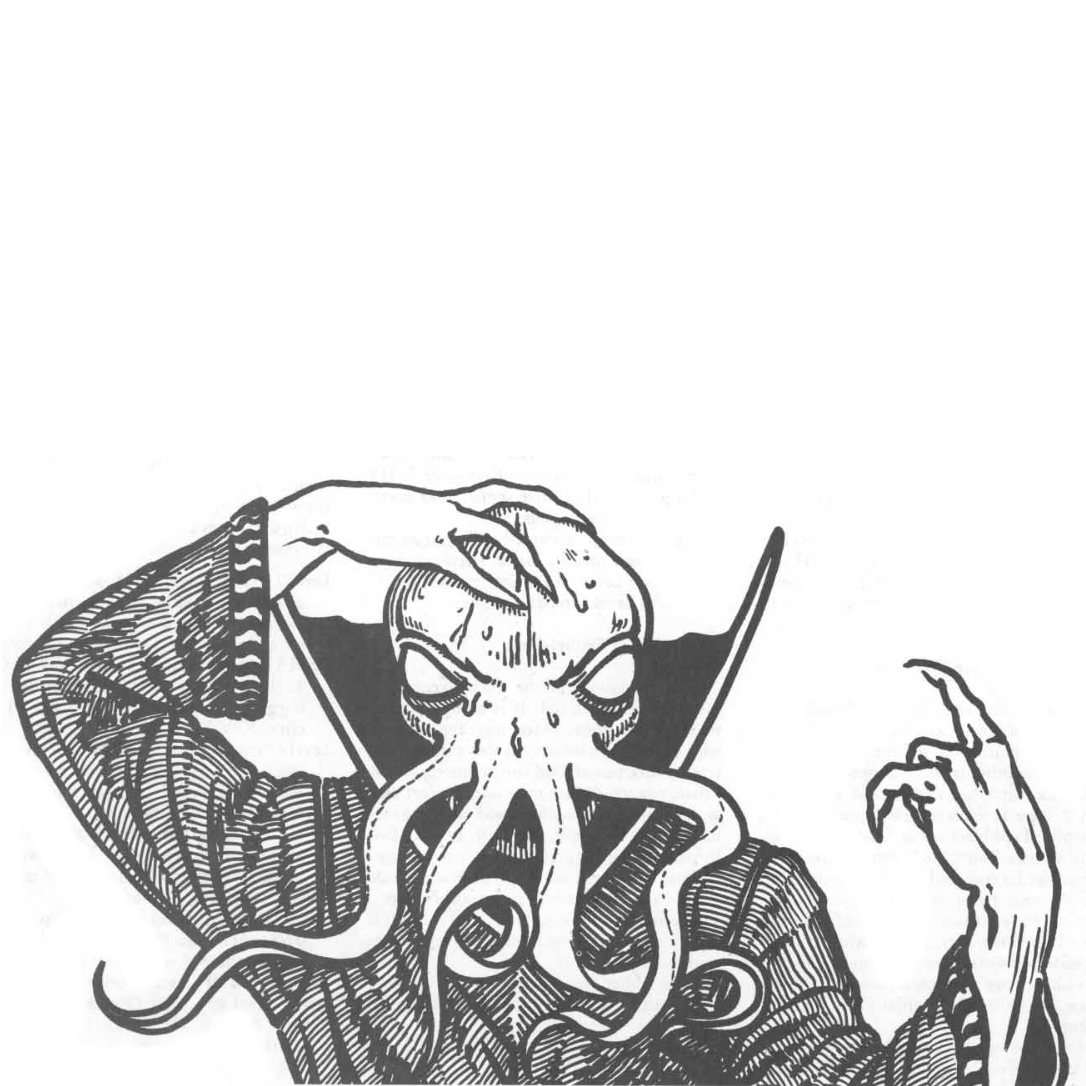

Most recognizable trigger from said image - Reinstalling EUIV
Sigh… here I go again…


Most recognizable trigger from said image - Reinstalling EUIV
Sigh… here I go again…


Issue in that case I rather see as why is it allowed to enter into legally binding agreements when you aren’t sober. Why there isn’t a (forced) period to review the papers.
Marriage is a legally binding agreement. Let’s treat it as such.


Fil (fermented/soured milk) and musli in my opinion cannot be beaten. Get bowl, open fridge to get fil, pour fil into bowl, get muesli, add that and you are done. Pretty unprocessed, plenty of fiber and (depending on variety) lots of good bacteria. Cleaning up is also quick, water and a few swirls with the brush. Making coffee takes longer than chomping down on a bowl of fil and muesli.


Premiums they will then offload onto renters keeping their margins.


For everyday user (browser, light office, photo management, tv/movie streaming) it is already as viable as windows as a daily driver.
Once it is installed and up and running. But then most windows users haven’t installed windows themselves so that is almost a moot point. It is first when you get into “specialty” software linux viability drops.
Waiting on the bus.


It’s the internet. I assume everyone, until it being proven otherwise, is either a sentient amorphous blob or a bot.


But it will run quiter. And I can attack KOMs harder. Et cetera.
But yes for working out a watt is a watt is a watt


Marginal gains. Expensive marginal gains. I’m glad I’m not into that. When it comes to saving weight it is far better for me to shave it of me rather than the bike. And cheaper too!


The Craigslist hybrid? Riding the beater is often so much fun because you feel like you are allowed to ride it hard. Or it couldbe the older geometry making it more lively.


Bicycling for me. Started off with a cheap old bike that I tried keeping in as goid condition as possible without spending too much on it. Problem with old bikes is wear and tear so things break and new old parts are hard to cheaply. So it became a hackjob. Then got me a new one and realised riding on roads only got boring so I started experimenting with gravel and singletrack.
Guess what? Time for a new bike. And a more expensive one. Carbon. And to maintain it I needed more tools. Also new tubes as the spare ones I had didn’t fit that big of tyres. Also moved to a new place and now I got a MTB arena within a few km from home. So of course I had to get me one of those. And to maintain the suspension I needed new stuff, oils and tools.
Clothing. Bags. Events. It becomes a lot after a while.
Also planning for bike nr4, a steel fatbike. Promised myself not to buy anything this year, but the year is soon over…
Did I mention bikepacking? Yeah that is another big black hole of expenses. But a fair bit of overlap with backpacking so costs are split.


At this point I really have to wonder if Republicans even want a federal level. I mean to me it looks like they are trying to disassemble the USA.


Goddam you made me nostalgic. Wonder how slow i would be today… Sloooooow
I’m in a similar boat. According to steam haven’t opened EUIV since 2017 and now I have a huge relearning curve. And new DLC to get. While I would love to get back into it I have better (path) things (of) things (exile) to (two) do.